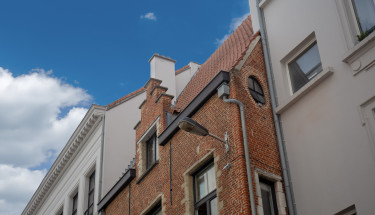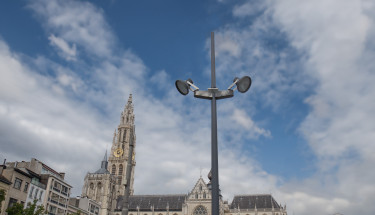The power of greenery in an urban environment is more than just a visual aesthetic. The principle is simple: a tree you plant in autumn will eventually provide you with coolness in summer. The months of October and November were therefore dedicated to tree planting by many nature organisations and companies. For good reason our "Bomen zijn cool" (transl. Trees are cool) project, in which we measure the cooling effects of trees, was in its final sprint. So what did that measurement campaign actually look like? And can we already draw conclusions around the importance of trees?





